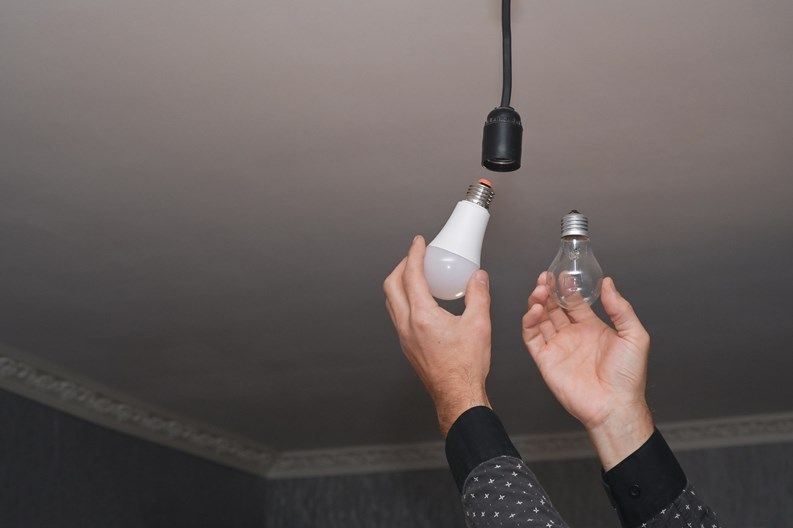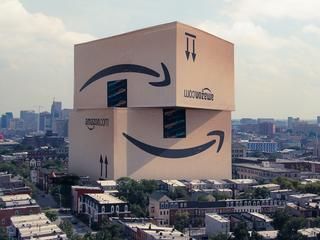LED Lights Need to Be Smart
Christopher Silva - 07/11/2024
The Evolution and Impact of LED Technology
Light Emitting Diodes (LEDs) have been a part of our technological landscape for nearly a century. The first LED was created by Russian inventor Oleg Losev in 1924. Despite his research being published globally, practical applications for LEDs didn’t emerge until 1962 when Texas Instruments scientists patented the “Semiconductor Radiant Diodes” and began production. Over the following decades, companies like GE, HP, and Monsanto made significant advancements in LED technology. The earliest commercial LEDs emitted red light and were primarily used as indicator lights due to their limited brightness.
By the early 2000s, LED technology had made significant strides but was still not widely adopted for mainstream use. To accelerate the transition to these more efficient light sources, the US Department of Energy launched the L Prize competition. After thorough evaluation, a bulb from Philips Lighting North America won and hit the retail market on Earth Day in 2012.
Energy Savings and the Next Steps
The energy-saving benefits of LEDs have led building owners to seek additional ways to reduce energy consumption. By 2018, lighting accounted for only about 13% of total energy use in the United States, a figure expected to drop to 8% by 2030. However, focusing solely on lighting may overlook other significant opportunities for energy savings. Integrating lights into a networked control system can vastly improve a building’s energy performance. Intelligent software can optimize lighting to minimize waste and enhance the environment.
Customizable Workspaces and Employee Well-being
Networked lighting systems allow for the personalization of lighting levels and color temperatures in different zones, catering to specific tasks and preferences. This can enhance focus, reduce eye strain, and increase overall comfort. Smart LEDs can also mimic natural sunlight patterns throughout the day, aligning with our circadian rhythms. Research indicates that natural light exposure can improve mood, cognitive function, and sleep quality.
By replicating the natural light cycle, smart LEDs can create a more supportive work environment. For example, cooler, brighter light in the morning can boost alertness and energy, while warmer light in the afternoon can aid relaxation and concentration on detail-oriented tasks. Allowing employees to adjust lighting based on their preferences can also foster a sense of control and well-being.
Beyond Energy Savings
Networked lighting systems offer more than just energy savings by turning off unused lights. They can integrate with energy management systems to adjust power usage based on grid demand, a practice known as “peak shaving.” This helps stabilize the grid, especially during high-demand periods when more fossil fuels are used. Studies show that combining LED lighting with networked controls can increase energy savings by about 50%.
Smart lighting systems also provide detailed energy reporting, which is crucial for achieving sustainability goals and obtaining green certifications like LEED. These systems enable buildings to participate in demand response programs, where operators can dim or turn off non-essential lighting during grid strain, earning financial incentives.
The Future of LED Lighting
Despite their benefits, networked lighting controls represent less than 1% of the U.S. market. The cost and complexity of installing communication wiring for large-scale lighting networks are major barriers. However, these connections can also support various sensors, such as thermometers, occupancy sensors, and air quality monitors, forming the backbone of a smart building.
While LEDs have revolutionized lighting, their full potential is unlocked through intelligent, networked systems. These advanced solutions offer benefits beyond energy savings, including personalized workspaces, enhanced well-being, detailed energy data, and the foundation for smart buildings. Although the initial investment in networked lighting can be significant, the long-term benefits in sustainability, employee satisfaction, and operational efficiency make it a wise investment for the future. Building owners should prioritize networked LED lighting to fully integrate it into their technology infrastructure, creating more efficient, intelligent, and human-centric spaces.

















